New Additions
Outer Banks of North Carolina - 1 of 2. Last updated: 5/31/2011.

Above and below: A Red-billed Tropicbird at Cape Point, North Carolina (5/30/2011). Truly awesome! This stunning species is typically found in tropical seas such as the Caribbean and off Pacific Mexico. It is a very rare vagrant to the U.S. East Coast, but a real contender - along with White-tailed Tropicbird - for eventual addition to the Maryland state list.
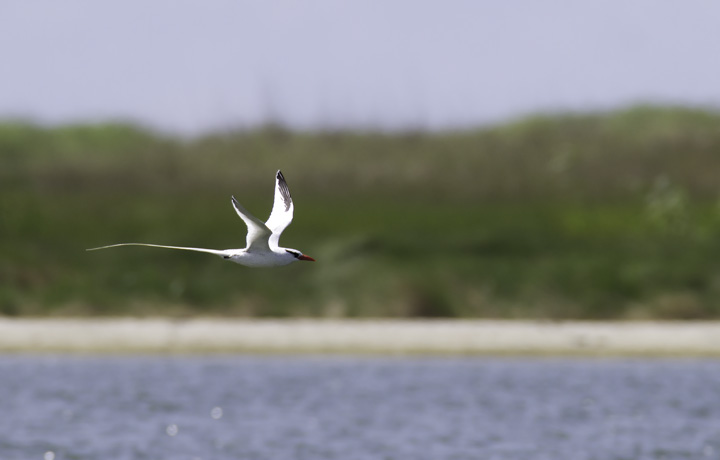
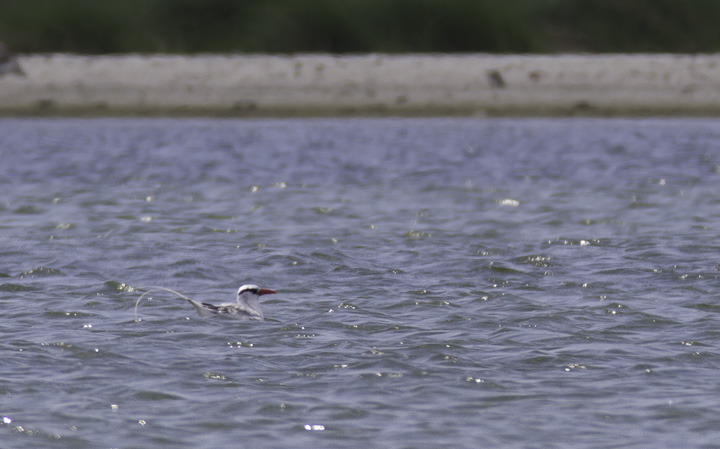

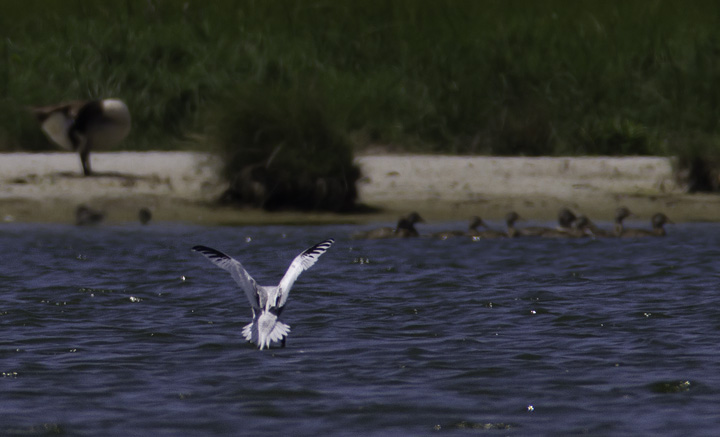
Below: Pseudorca! False Killer Whales (Pseudorca crassidens) off Cape Hatteras, North Carolina (5/29/2011). Brian Patteson said this was only the sixth time he'd encountered this species on his trips. This species wanders the tropical and temperate seas of the world and will attack and kill other cetaceans. It is the only member of its genus (Pseudorca) and is not closely related to true Orcas.
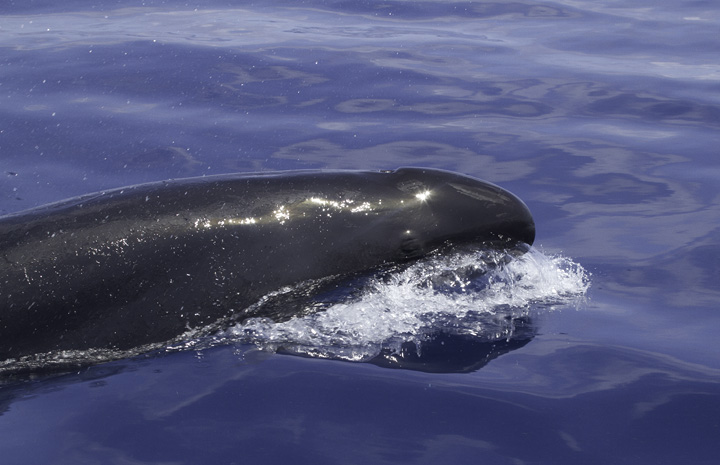
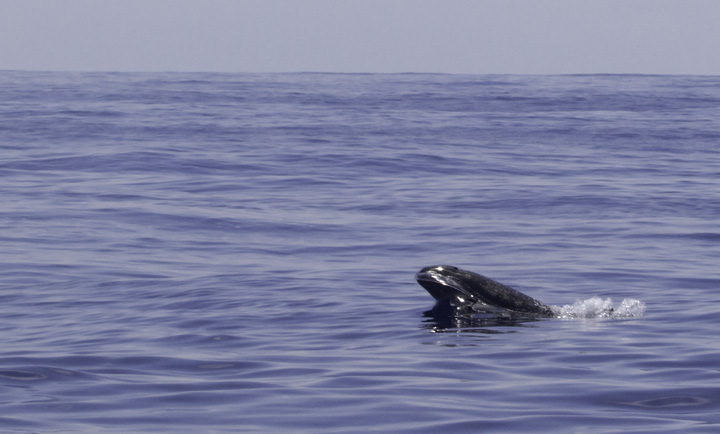
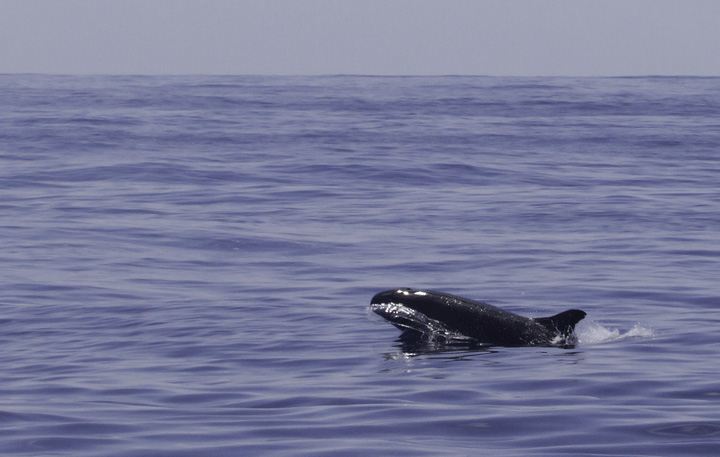

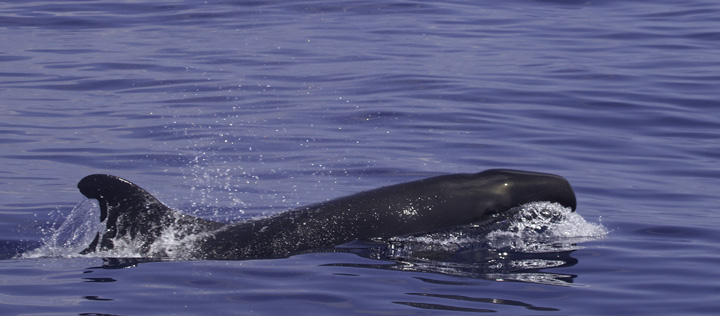
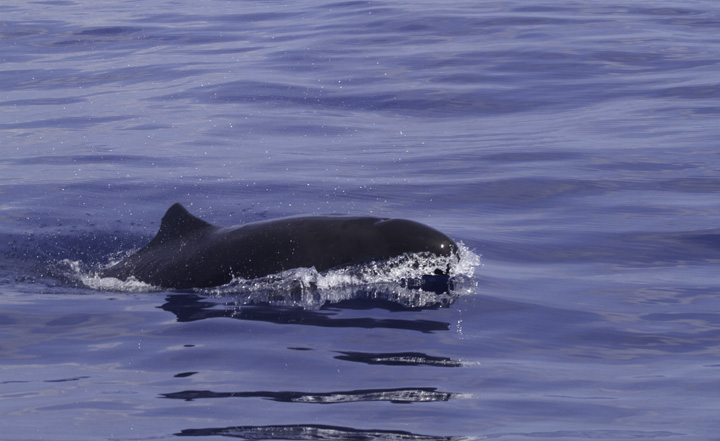

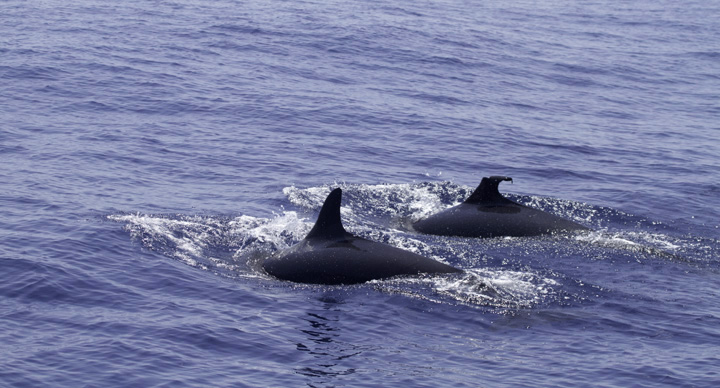
Below: Black-capped Petrels off Cape Hatteras, North Carolina (5/29/2011). This beautiful representative of the genus Pterodroma (Gadfly Petrels) was studied at length on our two days offshore.

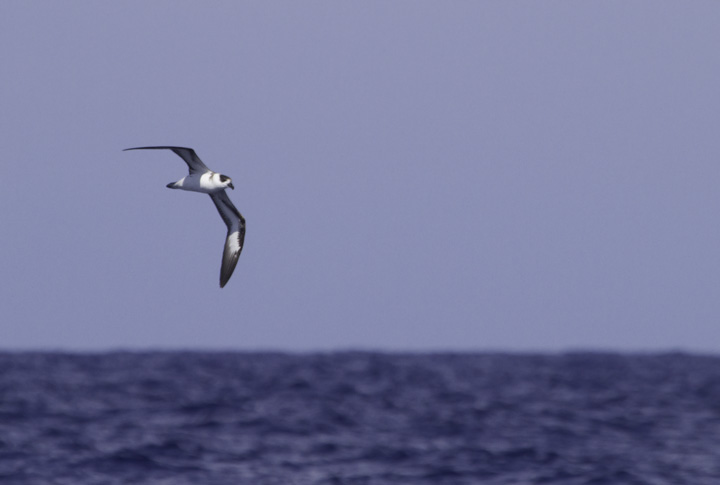
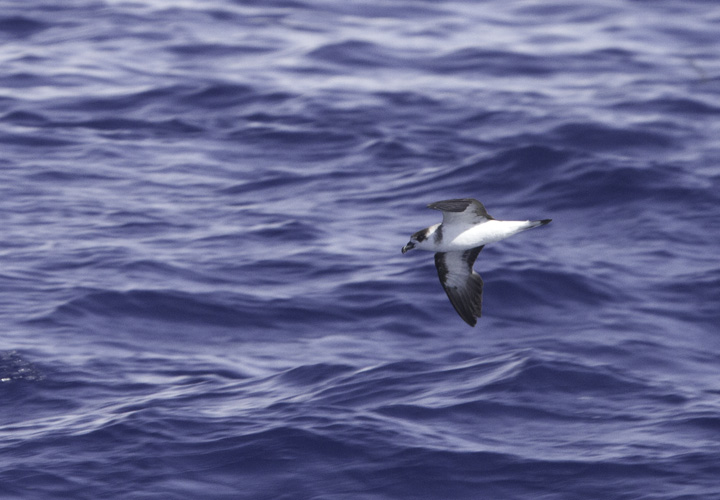

Below: A rare Fea's Petrel (right) with a Black-capped Petrel (left) off Cape Hatteras, North Carolina (5/29/2011). It breeds in the Cape Verde Islands and Madeira Islands (Bugio) on the other side of the Atlantic. How rare? How awesome? Here's its range map.

Below: A Scopoli's Shearwater off Cape Hatteras, North Carolina (5/29/2011). This is the Mediterranean form (diomedea) of Cory's Shearwater, which is a candidate for a future split. Note how the white extends into the dark primaries and its smaller bill.

Below: A Cottonmouth, or Water Mocassin, on the Outer Banks, North Carolina (5/29/2011). When noted swimming across the salt pans, we noticed that this pit viper appears to float, giving a very different impression from a water snake even at a distance.
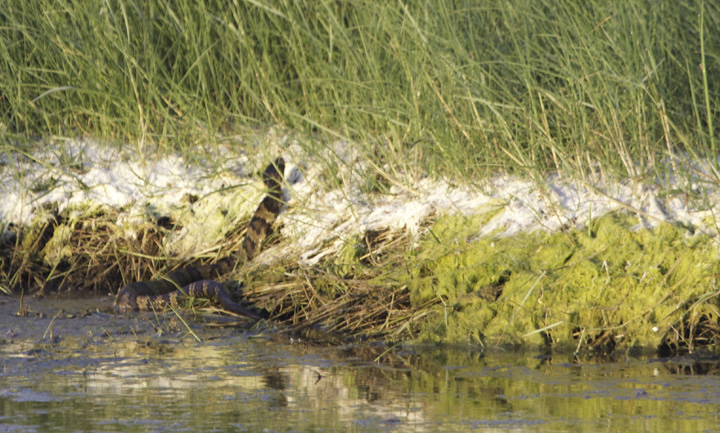
Below: A Manx Shearwater is spotted in an area rich in Sargassum off Cape Hatteras, North Carolina (5/29/2011).
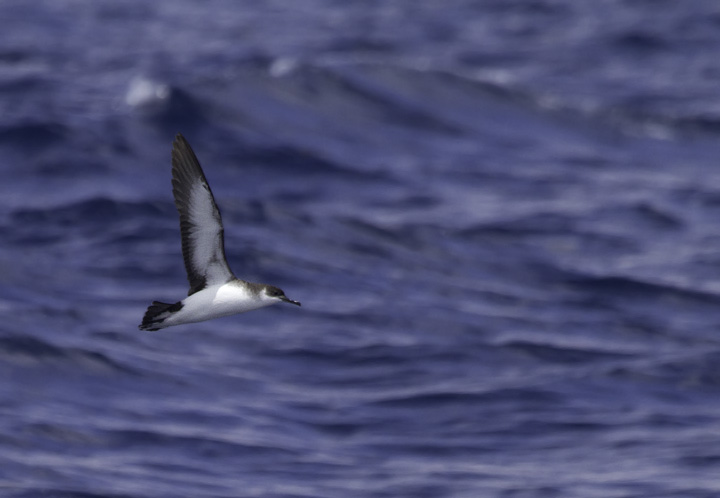
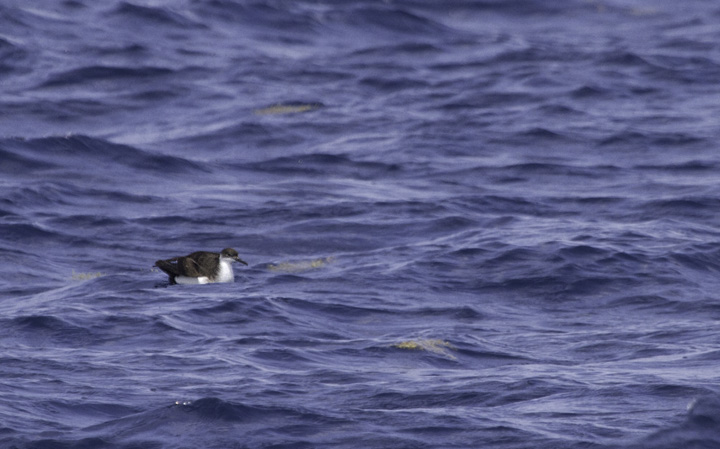
Below: A Common Nighthawk near Cape Point, North Carolina (5/29/2011).

Below: This foraging King Rail was a very pleasant surprise during a dusk watch near Cape Hatteras, North Carolina (5/28/2011).
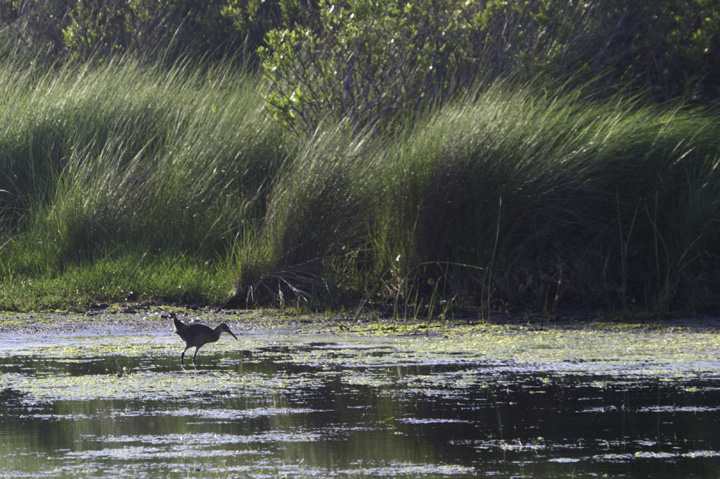
Below: A Least Tern at Cape Hatteras, North Carolina (5/28/2011).
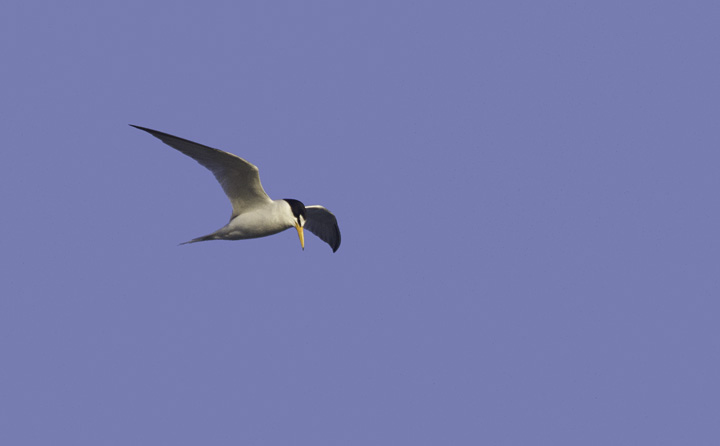
Below: A Gull-billed Tern near Cape Point, North Carolina (5/28/2011).

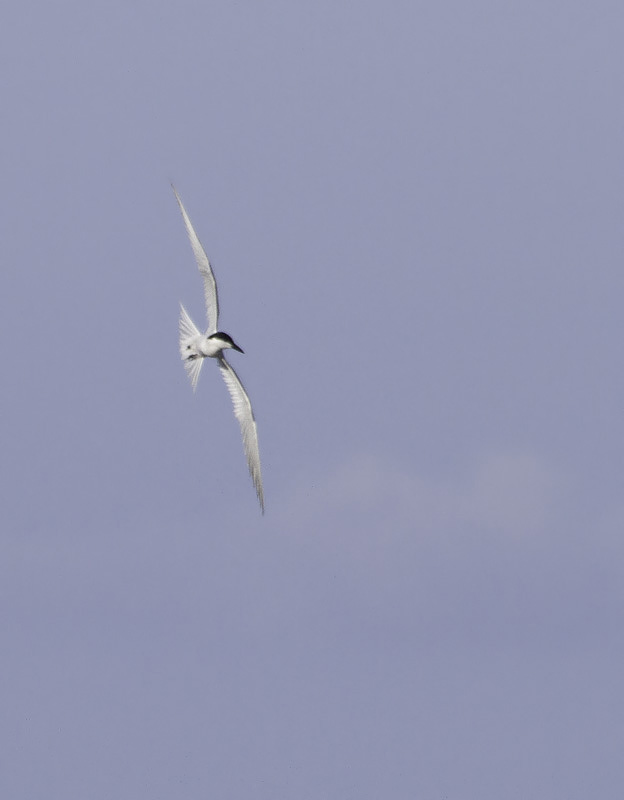
Below: A Parasitic Jaeger permits stunning views offshore of Cape Hatteras, North Carolina (5/28/2011).


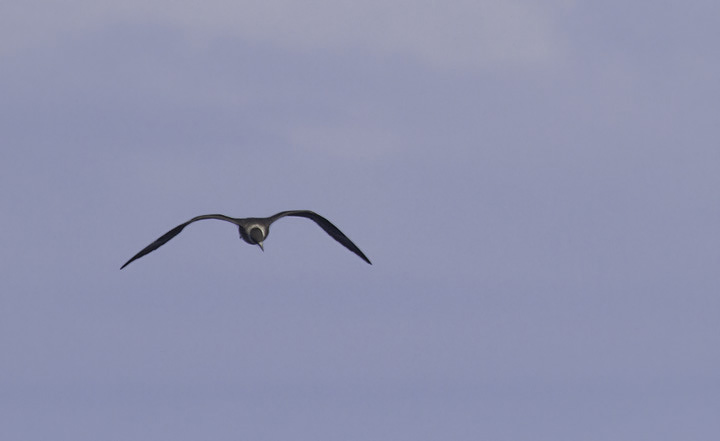
Below: A Yellow-bellied Slider on the Outer Banks, North Carolina (5/30/2011).

Below: A Sooty Shearwater off Cape Hatteras, North Carolina (5/28/2011).
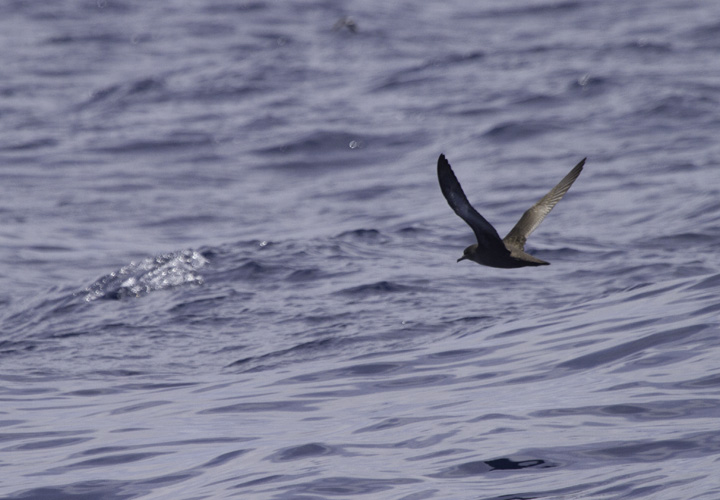
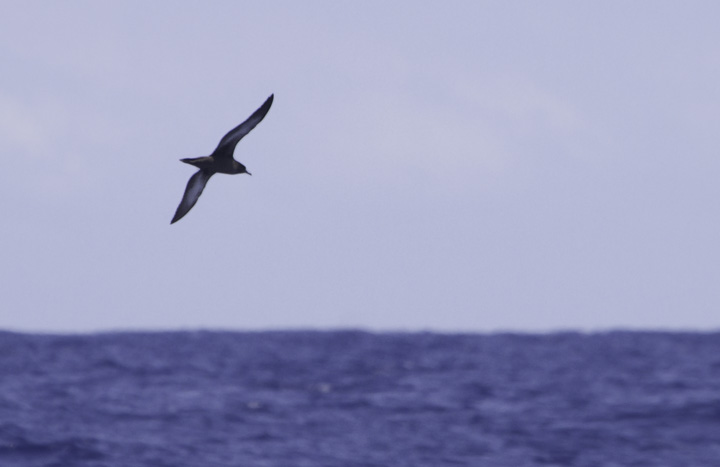
Below: A Semipalmated Plover near Cape Point, North Carolina (5/29/2011).
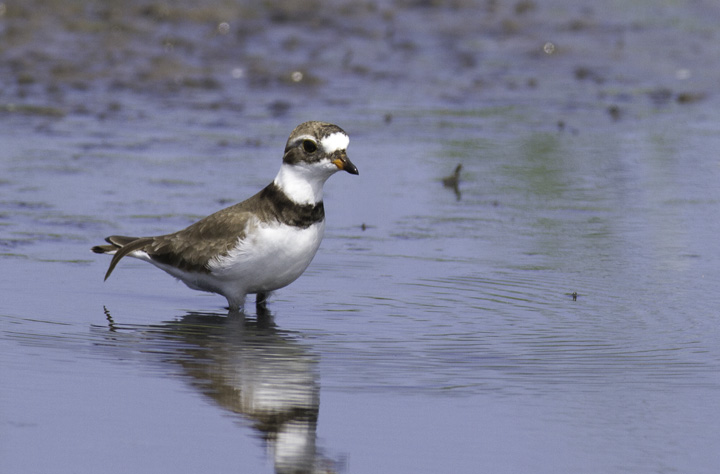
Below: Wilson's Storm Petrels "dancing" as they forage off Cape Hatteras, North Carolina (5/29/2011). In the second image, note the yellow webbing between the toes!
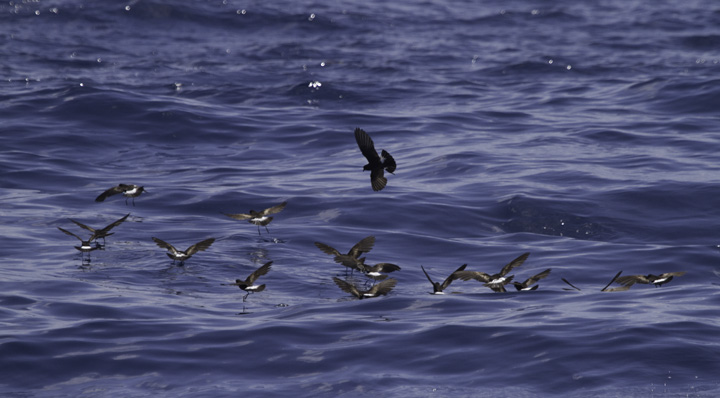
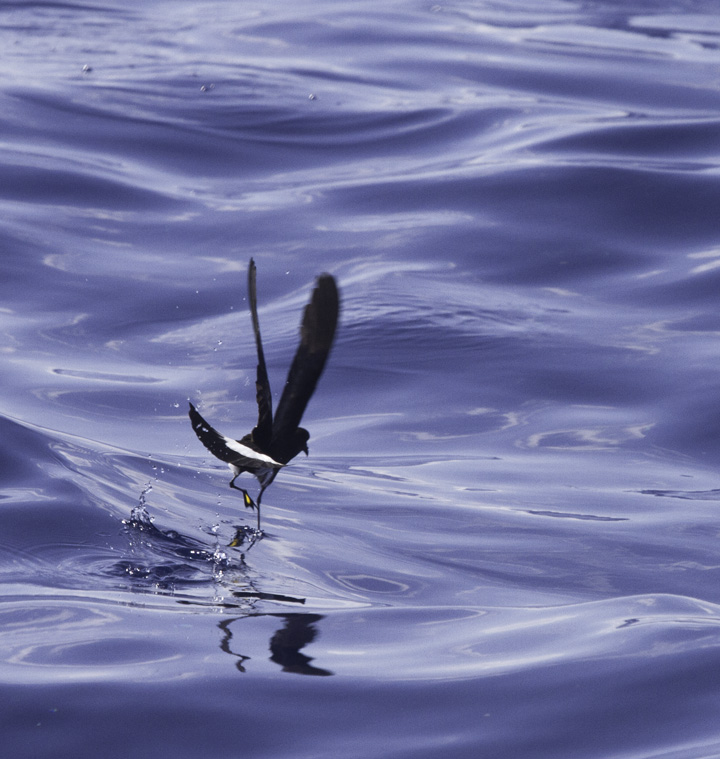
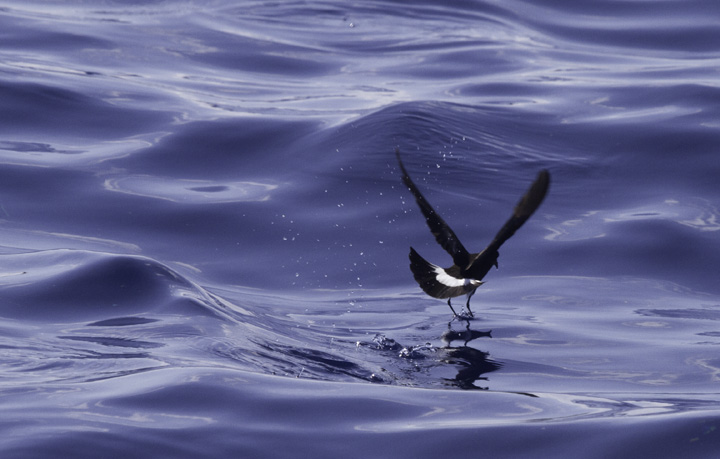
Below: A mind-blowing close encounter with a South Polar Skua off Cape Hatteras, North Carolina (5/29/2011).
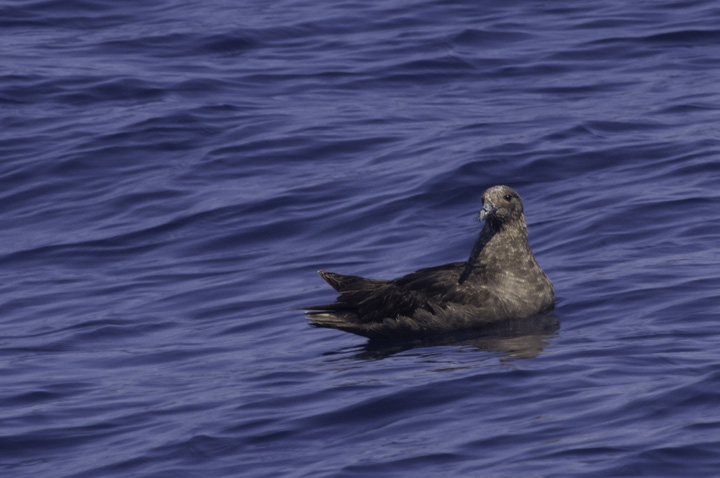


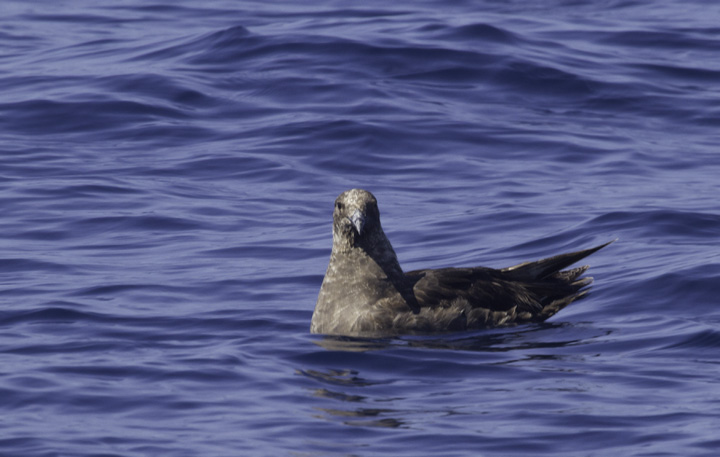
Seabirding Pelagic Trips with Brian Patteson
Find out about photo updates via Facebook
